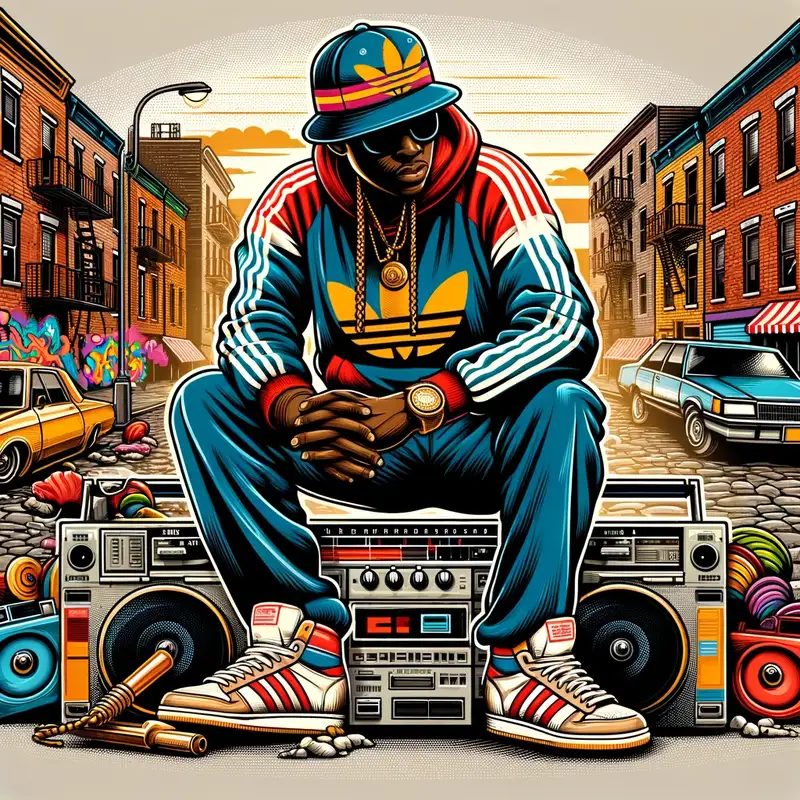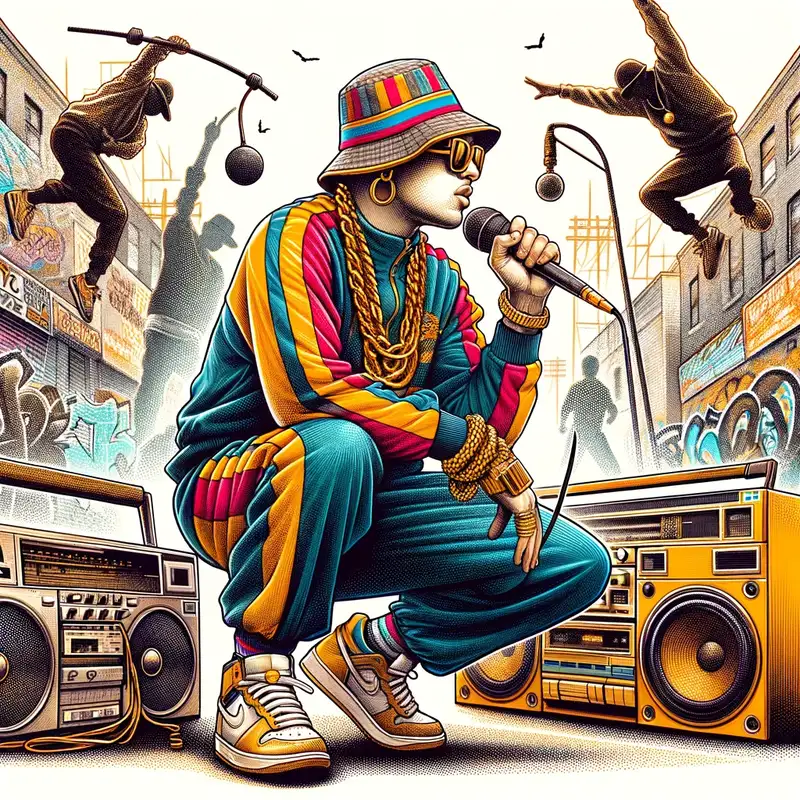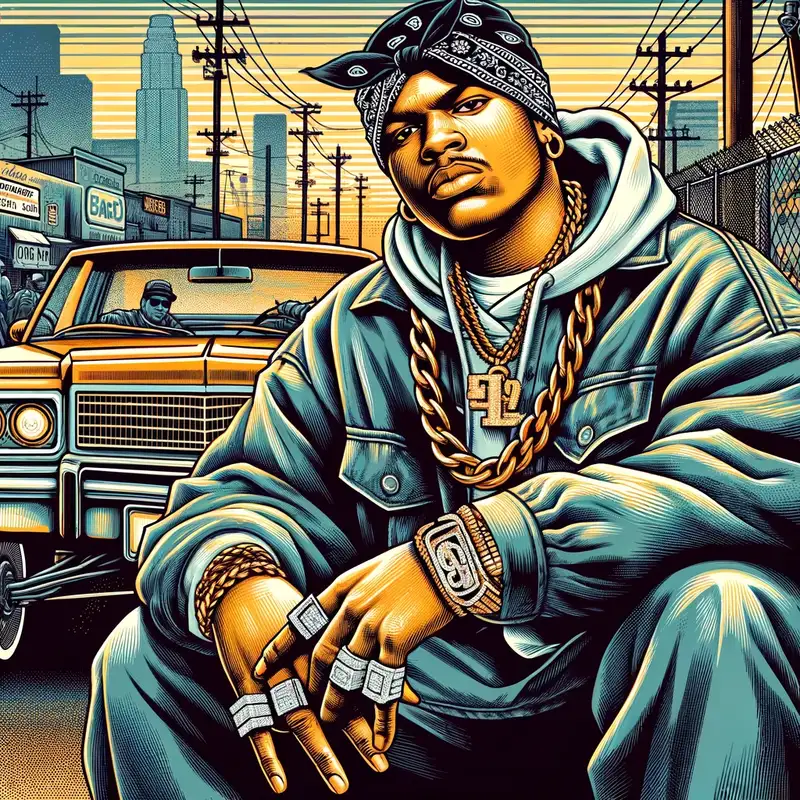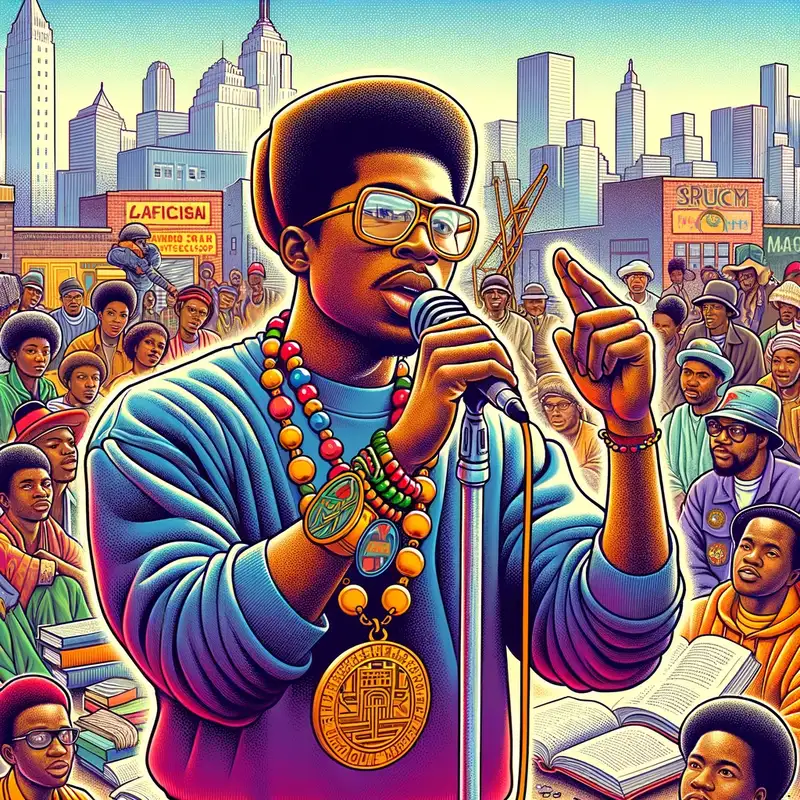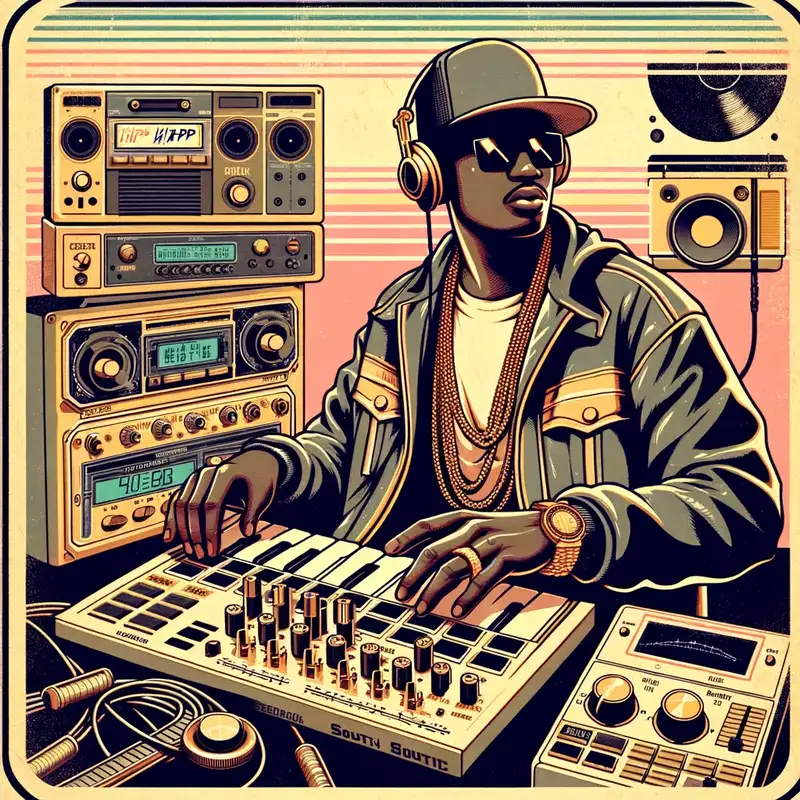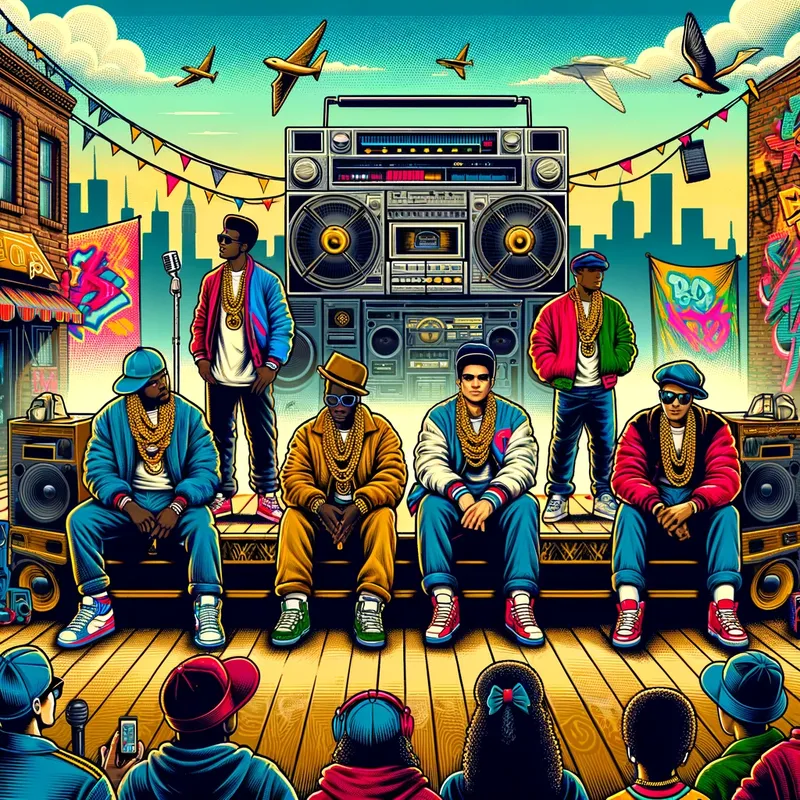Hip-hop/Rap
Hip-hop culture emerged in the 1970s in the Bronx, New York City. Influenced by Jamaican sound system culture, neighborhood block parties became a breeding ground for a new kind of musical expression.
Table of Contents
Characteristics
The primary elements of hip-hop culture include:
- MCing/Rapping: Vocal delivery and lyrical style.
- DJing: Beat production and turntablism.
- B-boying/B-girling (Breakdancing): Distinctive dance style.
- Graffiti: Visual art component.
Subgenres
Old School (Late 1970s – 1980s): Characterized by simpler raps and playful beats. Pioneers include Grandmaster Flash, Afrika Bambaataa, and Run-DMC.
Golden Age (Late 1980s – 1990s): Marked by its innovation, diversity, and influence. Artists like Public Enemy, A Tribe Called Quest, and Tupac Shakur emerged during this period.
Gangsta Rap (Late 1980s – 2000s): Focused on street violence and the “thug” life. Key figures include N.W.A, Ice-T, and Biggie Smalls.
Trap (2000s – Present): Originated in the Southern U.S., emphasizing aggressive lyricism and characterized by its use of hi-hats and 808 kick drums. Artists like T.I., Gucci Mane, and Migos popularized this style.
Alternative and Conscious Rap (1990s – Present): Strays from mainstream themes to discuss broader societal issues or personal experiences. Icons include Common, Lauryn Hill, and Kendrick Lamar.
Cultural and Social Impact
Political Expression: Through its lyrics, hip-hop has addressed issues like police brutality, racism, and systemic inequalities.
Fashion: Hip-hop has influenced global fashion trends, from oversized clothing and sneakers to luxury brands.
Language: Hip-hop has contributed slang and expressions that have become integrated into everyday vernacular.
Business and Entrepreneurship: Many hip-hop artists have branched into successful business ventures, showcasing their prowess beyond music.
Controversies and Criticisms
Misogyny and Violence: Critics often highlight the genre’s problematic portrayal of women and the glamorization of violence.
Commercialization: As hip-hop became mainstream, concerns arose about the genre losing its authenticity and original message.
Feuds: The hip-hop community has witnessed several public feuds, some of which have resulted in real-world violence and the loss of iconic figures.
Global Impact
From its American origins, hip-hop has become a global phenomenon. Countries from all continents have developed their own hip-hop scenes, incorporating local languages, themes, and musical influences.
Whether it’s grime in the UK, K-hip-hop in South Korea, or rap battles in the Philippines, the genre has taken on various global identities.
